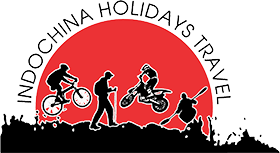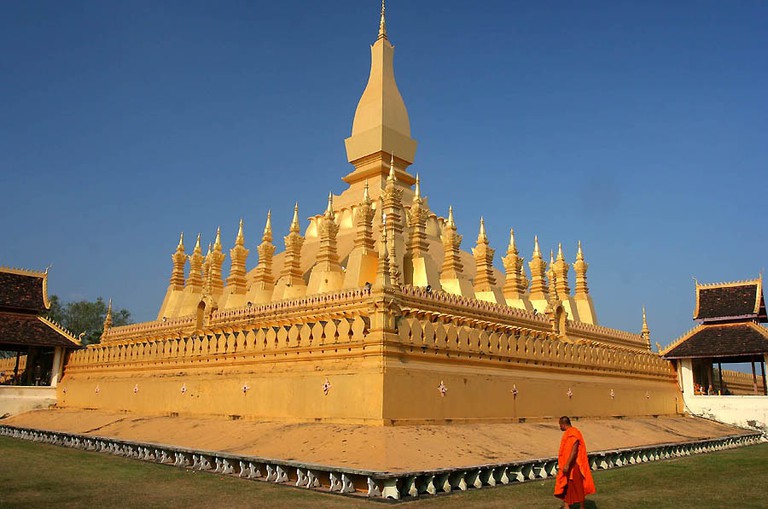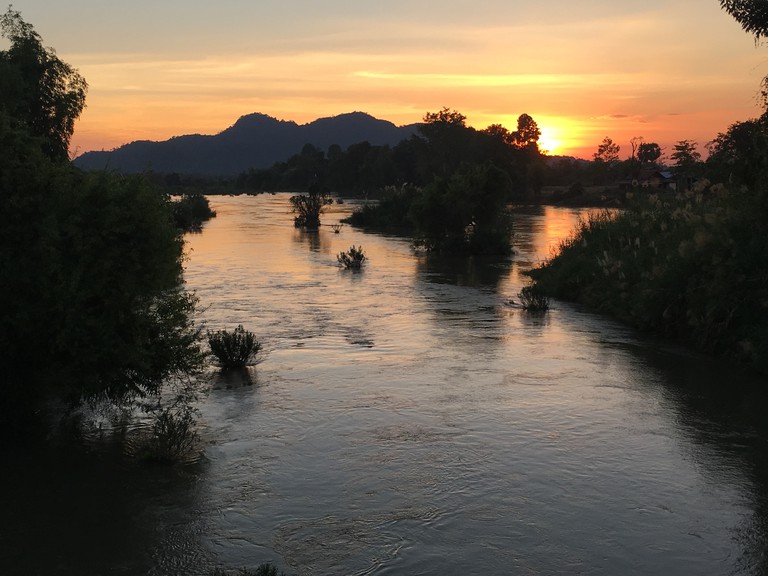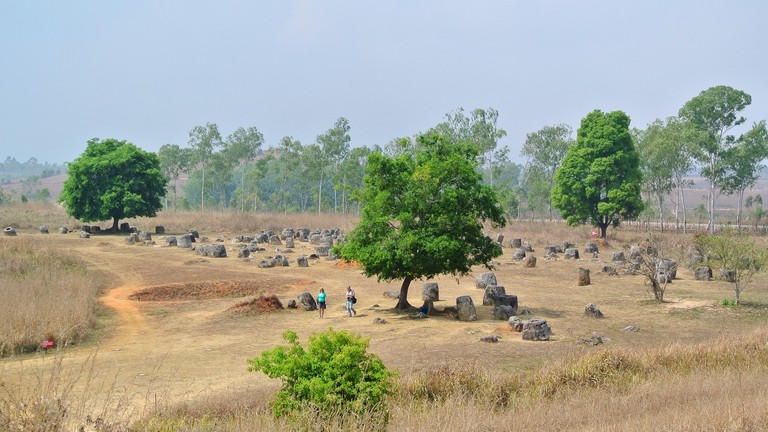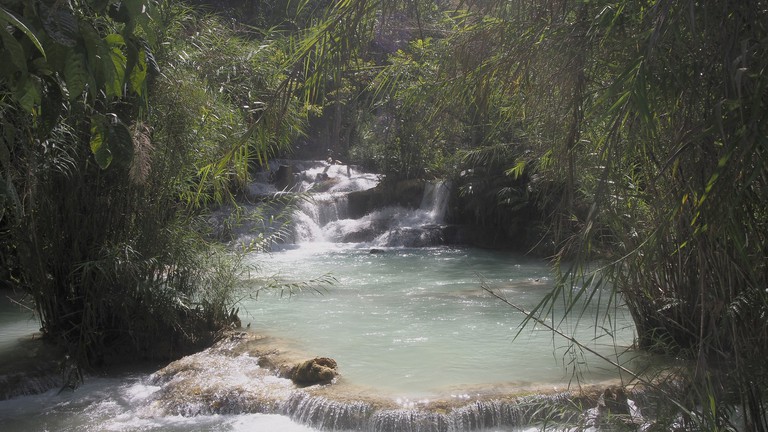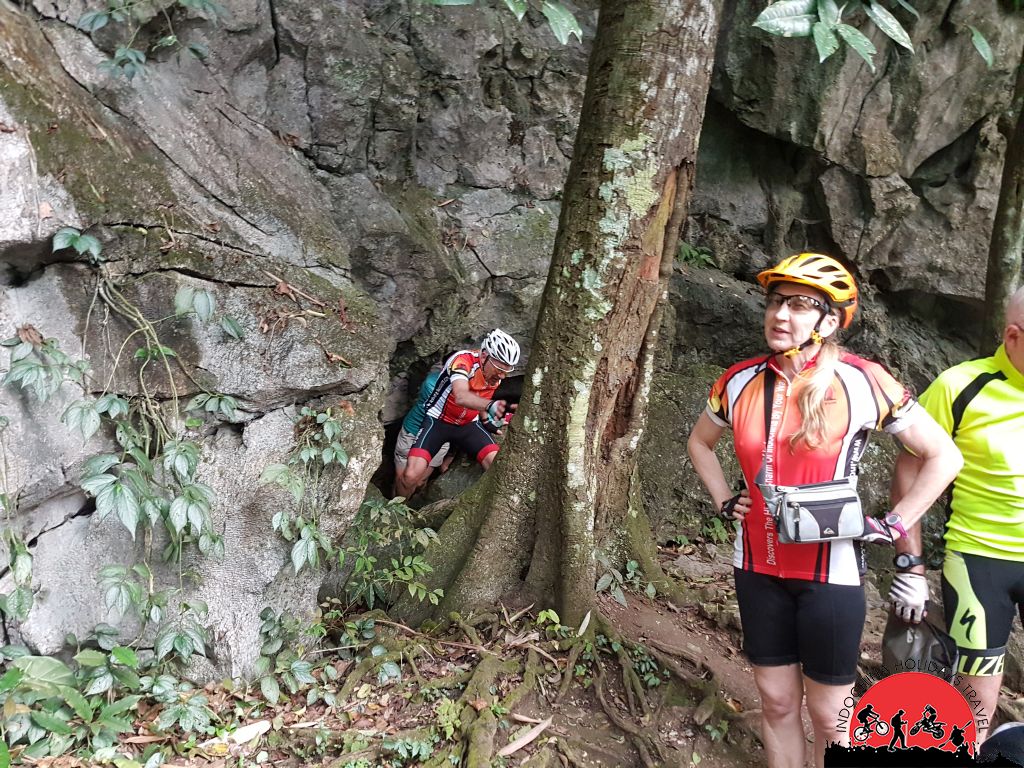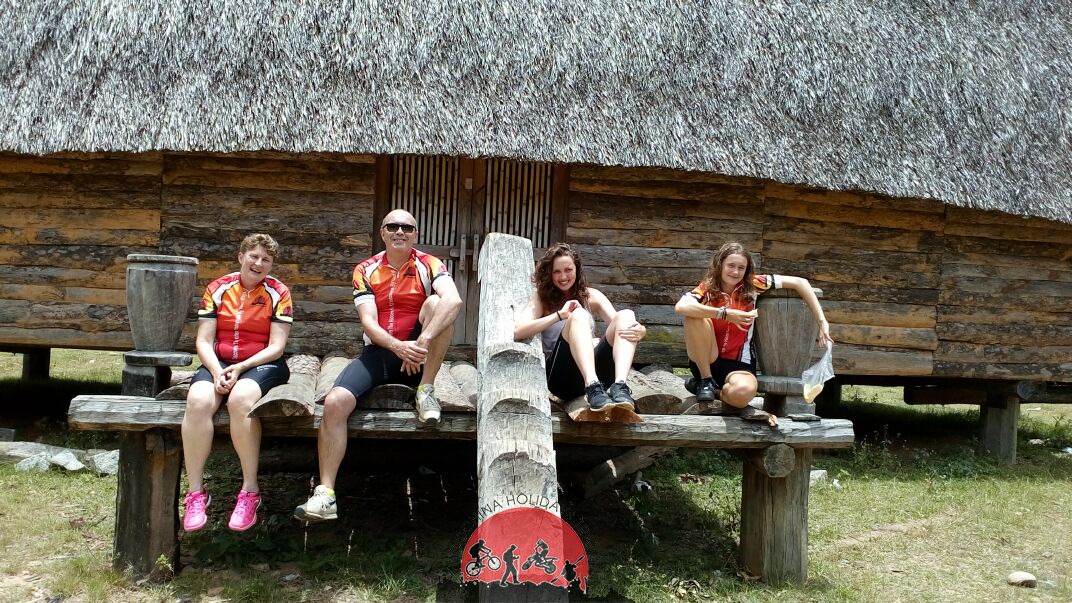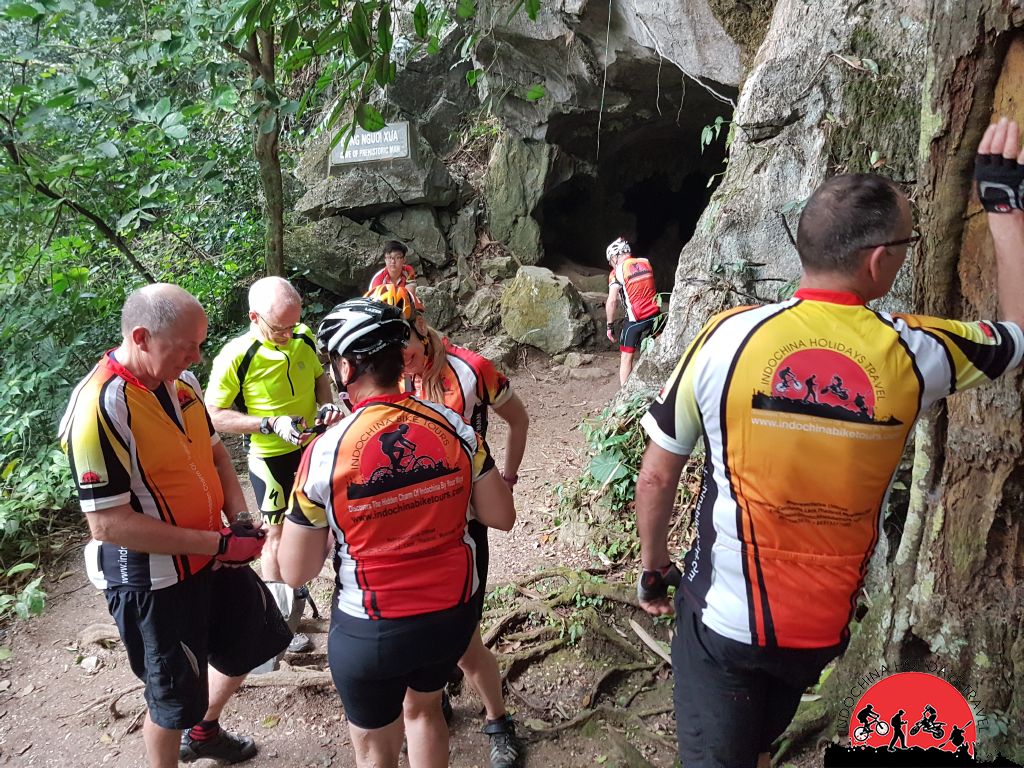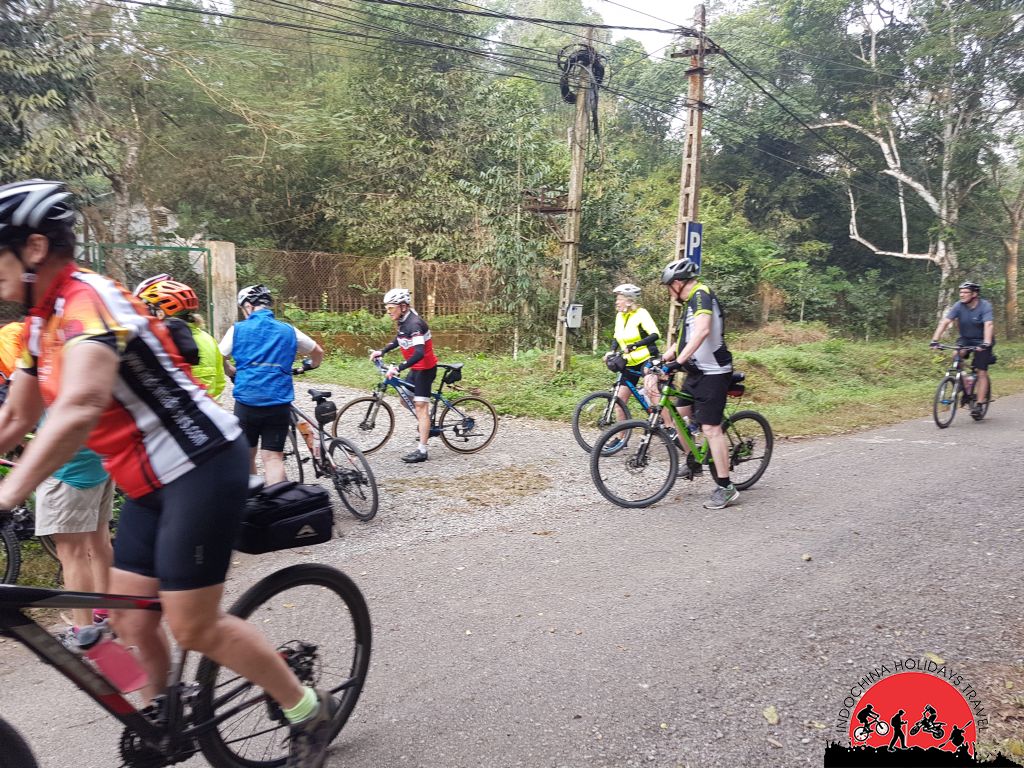Bikes: Trek MTB Bikes
Bike Hire: Includes on Tour Cost. You may bring your own bikes, but in this case let us know in advance. Other equipment provided: Pedals, helmet, water bottles.
Accommodation
Accommodation is offered at all locations. Most of the hotels are Culture Resort, Home-stay , guesthouse ,Eco Resorts & family run hotels - all with a common line of quality in service. Our costs are based on 'twin-sharing' foundation. For those who wants single room, we offer single room, but at extra cost.
Terrain
The landscape is mountain, biking through the village streets ,fields, fruits garden , local ferry and monkey bridges
Climate
The annual monsoon cycles that affect all of mainland Southeast Asia produce a ‘dry and wet monsoon climate’ with three basic seasons for most of Laos. The southwest monsoon arrives in Laos between May and July and lasts into November.
The monsoon is followed by a dry period (from November to May), beginning with lower relative temperatures and cool breezes created by Asia’s northeast monsoon (which bypasses most of Laos), lasting until mid-February. Exceptions to this general pattern include Xieng Khuang, Hua Phan and Phongsali Provinces, which may receive rainfall coming from Vietnam and China during the months of April and May.
Rainfall varies substantially according to latitude and altitude, with the highlands of Vientiane, Bolikhamsai, Khammuan and eastern Champasak Provinces receiving the most.
Temperatures also vary according to altitude. In the humid, low-lying Mekong River valley, temperatures range from 15°C to 38°C, while the mountains of Xieng Khuang it can drop to 0°C at night.
When to go
The best time for visiting most of Laos is between November and February, when it rains the least and is not too hot. It’s also Laos’s main season for both national and regional bun (festivals).
If you plan to focus on the mountainous northern provinces, the hot season (from March to May) and early rainy season (around June) is not bad either, as temperatures are moderate at higher elevations. Southern Laos, on the other hand, is best avoided from March to May, when day-time temperatures break into the 40s and nights aren’t much cooler.
The rainy season is not as bad as you might think. While it will rain – very heavily – the downpours are often fairly brief and can be bracketed by long periods of sunshine. The rains also clear dust from the skies and land, making everything clearer and brighter. Of course, there are downsides; unsealed roads can become quagmires and extensive travel in remote areas like Salavan, Phongsali and Sainyabuli might be impossible. River travel can be a good alternative during these months. If you intend to travel extensively by river, November is the best; flooding has usually subsided yet river levels are still high enough for maximum navigability. Between January and June, low water can make navigating some rivers difficult.
December to February and August are the peak tourist times. January, in particular, is very busy and booking ahead is advisable.
Transportation/Support Vehicles
All transport is involved in the cost. We provide backup vehicle at all times during cycling trip. The vehicle can be used to boat your baggage & yourself as required.
Food
Food is a very essential part of these trips. We make sure that the meals we offer is method delicious, unless you ask for dull meals. You are also permitted the choice of veggie or non-vegetarian meals. We suggest that you consume only the canned standard water. Please make sure that the container is enclosed.
What to bring
- Footwear
- Bike shoes
- Helmet
- Pedal
- Water Bottle
- Sun cream lotion
- Relaxed shoes for walking
- Shoes for other sightseeing
- Socks
Clothing
- In Laos, the conventional of outfit is more traditional. We counsel you to prevent very short shorts/skirts and limited tops/tanktops when viewing small non-urban places,pagodas, temples, mosques or other sacred sites as this may limit your access.
- Water resistant jacket.
- Riding a bike equipment like safety gloves and shorts.
Others
- Torch
- Mosquito repellent
- Eyewear, cap
- Sun lotion of spf at least 35
- Individual Bike riding equipment like bar finishes, pedals, chairs and headgear
- Helmets for riding a bike
Health
Malaria is a avoidable disease that can create trouble if neglected. One can prevent disease by taking recommended anti-malarial drugs and defending against insect attacks. The areas you will be passing are Malaria-free. Make sure that your insurance provider includes illnesses and injuries overseas.
Precautions
- Bring all the important medications and OTC medications. Do not ignore to have the brands as well as the general titles of the medications one needs to have.
- Use a sun hat when revealed.
- Consume a lot of liquids. Don't drink tap water. Use only bottled water which is always kept in the back of your automobile.
- Bring your personal medical kit and pest resilient.
- To avoid fungus and parasitic attacks, keep legs clean and dry, and do not go without shoes.
- Do not eat food bought from road providers.
- Do not drink drinks with ice.
- Do not eat milk products unless it is known that they have been pasteurized.
- Prevent managing creatures (especially apes, pets, and cats) to avoid attacks and serious illnesses.
Medical Information Update
Details given above are liable to change every now and then and one should contact the Native Lao tasks of the specific country or the government vacationer offices for more details.
Shopping
You will get possibilities en-route to do a bit of purchasing. However unless particularly requested for, our guide will not suggest any particular store. Neither we nor our driver/guides take any percentage on purchasing.
Spending Money
Every visitor will have different cash specifications and varying personal costs. Please assess your own spending routines while enabling for beverages, purchasing and falling. Also keep aside cash for extra costs like:
- Foods which are not included
- Emergencies
- Optionally available activities /additional sightseeing
- Shopping/Souvenirs/Tips
Foreign Exchange
As Laos currency value tend to go up and down, make reference to the following website for daily return rates: https://www.ldblao.la
Airport Taxes
There is no airport terminal or leaving taxation from any airport terminal of Laos .
